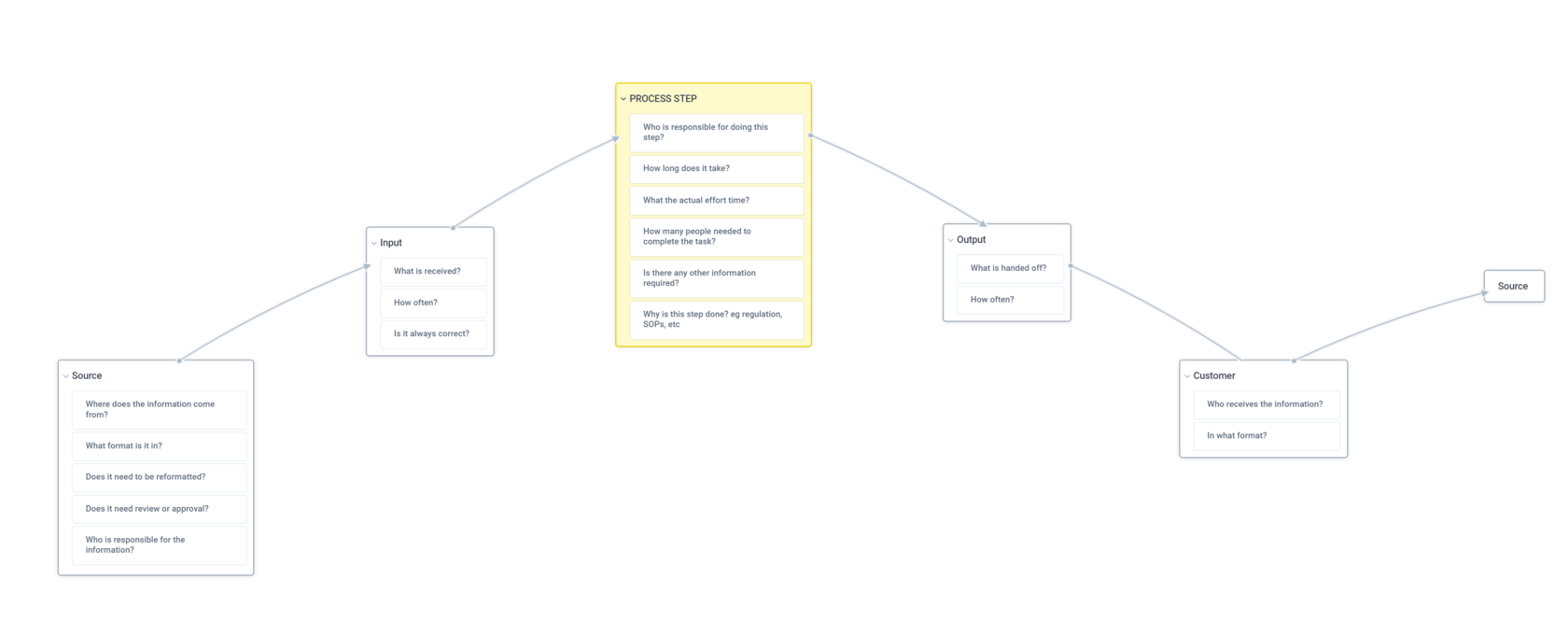Having spent many years optimising airline and business/corporate processes, I established OBVI-US as a boutique agency to bring those ways of working to smaller businesses that otherwise would find it very difficult to know about.
I have worked with most of the major airlines worldwide, several multi-national corporates and many dozens of small businesses - they all got dramatic KPIs improvements (reduced costs, improved efficiency, increased conversion) or as I like to put it, they got graphs that go up!
In this blog I'd like to explore some of the approaches I developed to optimise business processes, which more than ever before is massively important to all businesses. We recognise that customer journey and customer experience are vital - but what are those if not processes? Email marketing, competitive research, SEO optimisation - they're all processes.
And if you have processes (and you do!), you want them to be the best version they can be (and it can get confusing when you start using Zapier or the like to connect multiple systems!).
So I thought I would start by having a closer look at a process step - just the one. Understand it a little bit better so that when you have 25 steps all hooked together in one process, you can make it serve the process objective/outcome so much better.

In the above diagram, you can see the core anatomy of a process step - what is the purpose of the step? What value does the step provide?
The source is where the data for that step comes from. What format is it in? Does it need to be changed? Is there any waste that could be removed? Who is responsible for producing it?
Then there is the input - what is received and how often it happens. Is any variation necessary/unavoidable?
Then there is the actual process step where whatever is next actually happens to get a step closer to the goal of the process. Who is responsible for it? How long does it take? How much effort does it take? eg the duration time could be 5 hours but the effort time only 2 hours. What is the cost of the step?
Then there is an output of the step - this could be new data, an instruction, a point of clarity, a decision, etc. What is handed off and how often does it need to be produced?
Then finally there is the customer - the entity that receives the output. What format is it needed in? Is it arriving at the optimal time for how it's going to be used by the customer?
It is vital too that with each step of the process, there is clarity on what the goal of the process is - how does this step help me get to the process objective and is it necessary?
In some industries (like airlines), there are a huge number of regulatory compliance requirements. It is true to say that such requirements impose inefficiencies onto a process which is just a bitter pill that needs to be swallowed - there is nothing that can be done to change that unless of course the regulation changes.
So, here is in what a process really should look like;
Whilst each step may be easy to cover all of these, sometimes the approach above can highlight issues that could break the process (or a related one).
After I've mapped a process fully left to right, you would be surprised at the number of times people have said 'this is the first time that I've seen what our process looks like'!
So when you are working on your process, ask yourself the questions above for each step and make sure you have mapped the full left to right of it - then you'll see the optimised process is OBVI-US.
